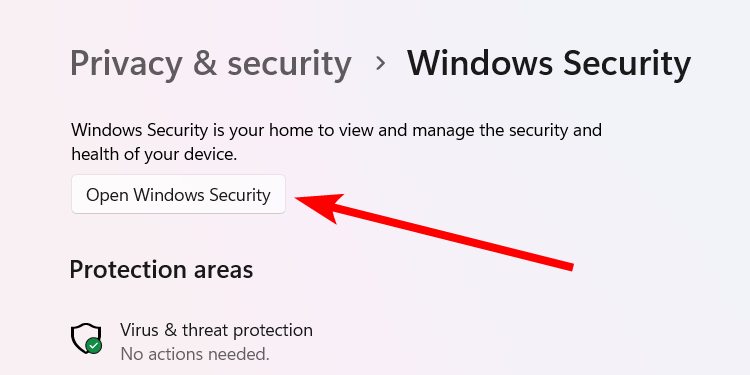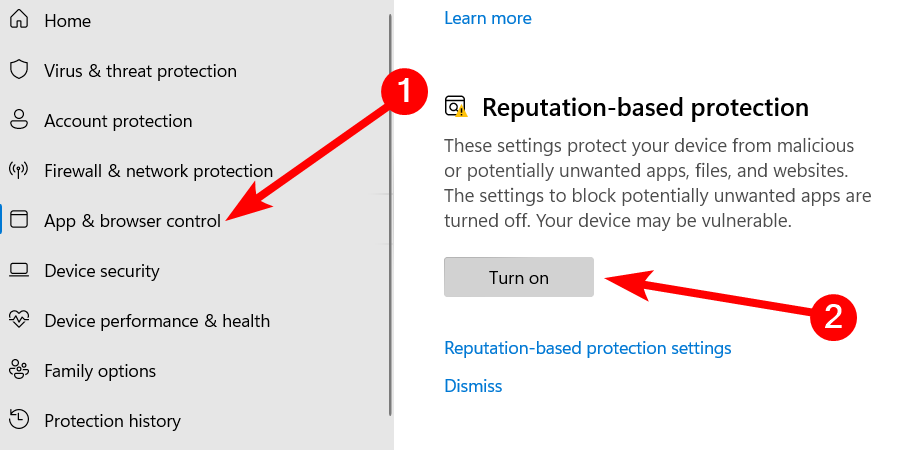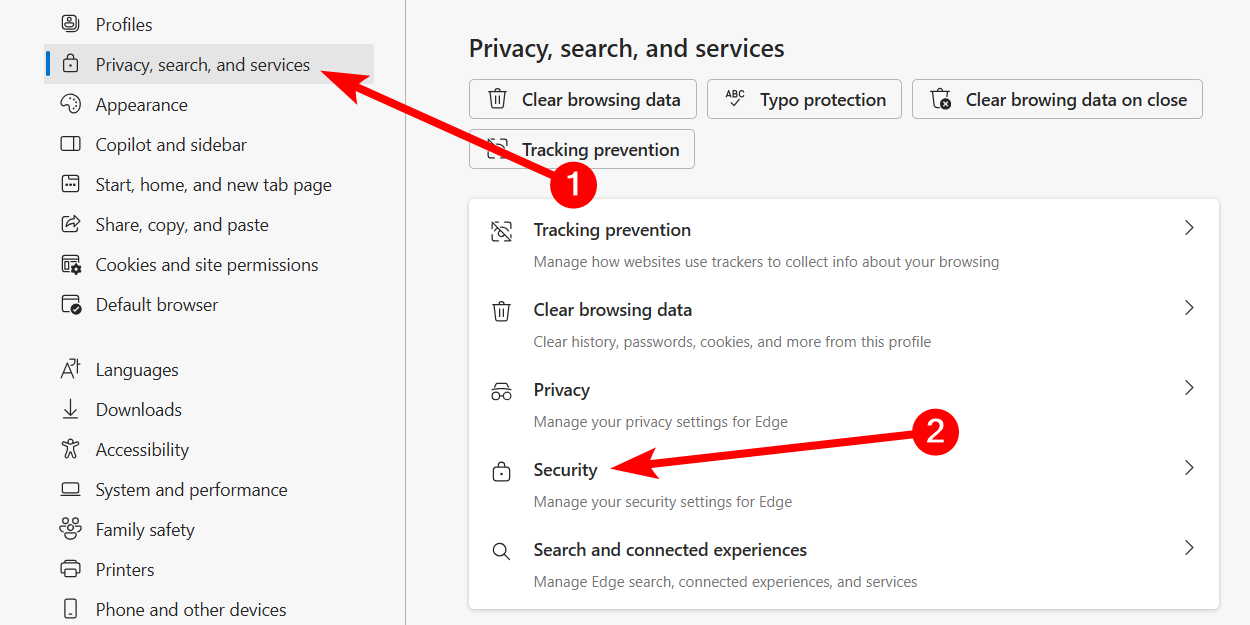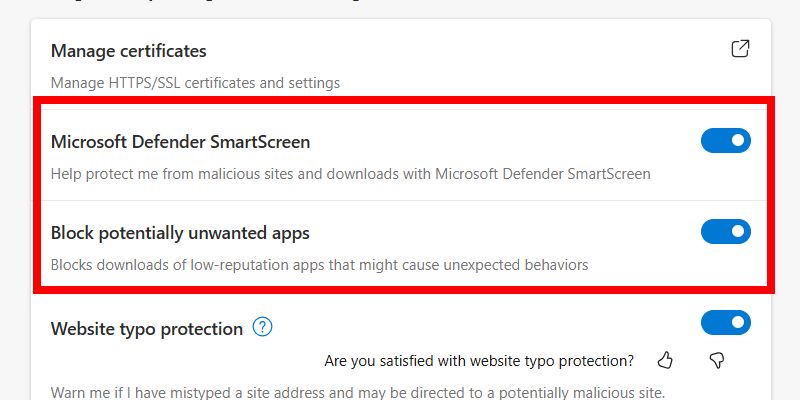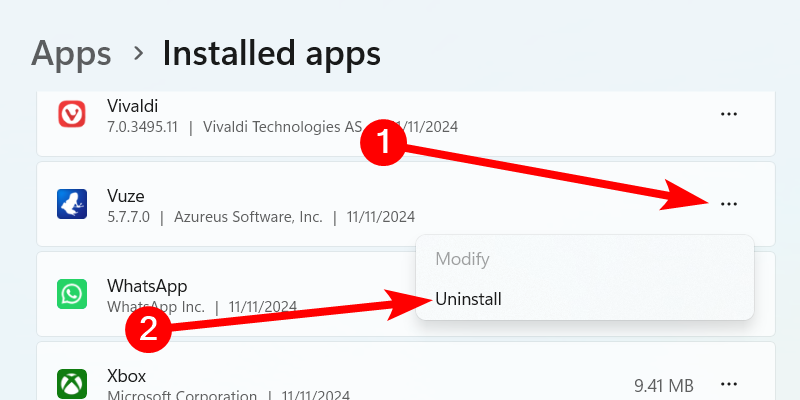If your system has a Potentially Unwanted Program (PUP), it likely came from freeware. PUPs can slow down your computer, display intrusive ads, collect data, or make your system exploitable. Luckily, there are ways to avoid them.
Not all PUPs are harmful and shouldn’t be confused with malware. However, the fact that they are installed on your system without explicit consent should be concerning nonetheless.
1 Always Download Apps from Trusted Sources
There are many third-party sites where you can download freeware, and this is where most PUPs come from. To avoid this, it’s best to download programs from official sources. Stick to the developer’s website or the Microsoft Store to avoid PUPs.
2 Pay Attention to the EULA
Even software downloaded from official sources can have PUPs. That’s why it’s a good idea to read the End User License Agreement (EULA) before installing any freeware. However, most of us don’t do this and rush to click “I Agree” so we can install and use the free software as quickly as possible.
Some regions require developers to disclose if other programs are bundled with their application. Look for any section titled “Third-Party Software,” “Bundled Software,” “Optional Offers,” or “Additional Software.” Furthermore, look for an option to opt out of installing the PUPs.
3 Choose the Custom Installation
Just like we agree to EULAs without reading them first, we tend to go with the default or standard installation when installing freeware without caring about the implications. This is one of the common ways PUPs can get into your system. To avoid PUPs, choose the custom installation option and uncheck any additional programs you don’t need.
4 Enable Reputation-Based Protection for Microsoft Defender
Microsoft Defender has a feature called reputation-based protection. It can block PUPs by checking the software you download and install against a list of trusted applications in its database. If an app is deemed not trustworthy, Windows Defender will either block or warn you about it.
To enable reputation-based protection, press Windows+i to open the Settings app. Next, go to Privacy & Security > Windows Security and click the “Open Windows Security” button.
Select “App & Browser Control” in the left sidebar and click “Turn On” under Reputation-Based Protection in the right panel.
5 Keep Windows Updated
Many of the features that make Microsoft Defender an excellent antivirus were added later on through updates. As you download freeware, ensure you’re using an up-to-date version of Windows so it has the latest security features and improvements.
For instance, an update can ensure Microsoft Defender’s database of trusted apps is up-to-date, making reputation-based protection more effective. It can also improve its algorithm for assessing the trustworthiness of applications.
6 Use a Third-Party Antivirus With PUP Protection
If you have disabled Microsoft Defender because you want to install a third-party antivirus instead, ensure it can detect and block PUPs. Antiviruses like Avast, AVG, or McAfee LiveSafe all have features that prevent PUPs from being installed on your computer. If the PUPs are already on your system, they can help you remove them.
7 Use Microsoft Edge When Browsing
Microsoft Edge can work with Microsoft Defender SmartScreen to block PUPs, and it is enabled when you turn on reputation-based protection. However, you should also ensure that the feature is enabled in Edge’s settings.
To do that, open Edge, click the three-dot icon in the top-right corner, and go to Settings > Privacy, Search, and Services > Security.
Ensure that the “Microsoft Defender SmartScreen” and “Block Potentially Unwanted Apps” toggles are turned on.
8 Review Installed Programs Regularly
If you have been installing freeware without worrying about PUPs until now, it’s a good idea to take stock of the programs on your computer. If you find one you don’t recognize or use, uninstall it. On top of making your system more secure, this can help clear disk space on your Windows computer.
To do this, press Win + i, go to Apps > Installed Apps, and search for the PUPs in the list of installed apps. For each one you find, click the three-dot icon next to it and select “Uninstall” in the menu.
Then, click “Uninstall” again in the pop-up. From there, all you have to do is follow the instructions to remove it from your system.
Hopefully, now you will be more cautious when installing freeware. Remember that being vigilant about what you download and install can save you a lot of trouble in the long run. By following these tips, you can enjoy the benefits of freeware while minimizing the risks associated with PUPs.


